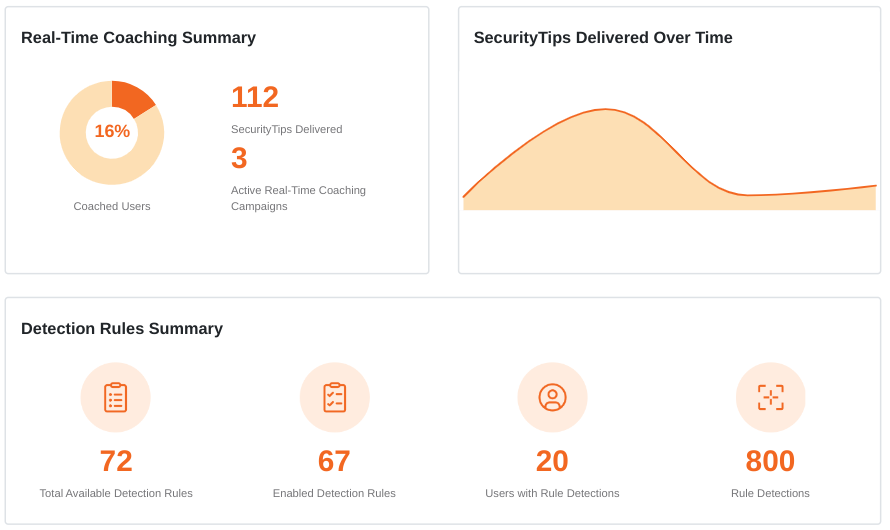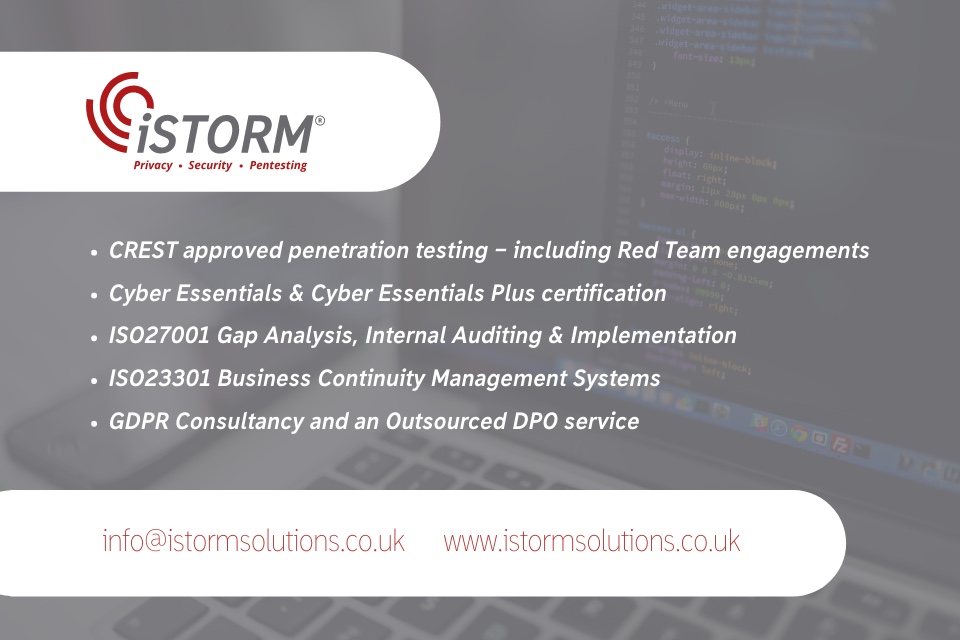The Cloud Revolution: A call for improved security measures
https://cybersecureforum.co.uk/wp-content/uploads/2023/06/Aleksandr-Vara.jpg 960 640 Guest Post Guest Post https://secure.gravatar.com/avatar/cb2a67f15cd7d053d8e638a1df3fd67f?s=96&d=mm&r=gBy Aleksandr Värä, Technical Sales Director of Crayon
Recent years have seen a significant shift towards the adoption of cloud services by businesses, and the pace is only accelerating. Over 80% of IT leaders already use hybrid cloud solutions, which combine the strengths of public cloud providers like AWS and Google Cloud with private hardware. This change is not just a phase for some, but the new norm for many.
However, the transition to cloud computing isn’t without its own set of challenges. As businesses increasingly adopt a cloud-first approach, the way we understand and implement cybersecurity needs a radical overhaul. Traditional cybersecurity measures that worked in the past are no longer adequate. In fact, a report from IBM revealed that the cost of a data breach has risen to $4.24 million in 2021, the highest in 17 years, emphasizing the need for effective security in the cloud era.
Rethinking cybersecurity best practices
The age-old image of a hooded hacker might seem to embody cybersecurity threats, but the reality is starkly different today. Many cybersecurity threats originate from within organizations due to unintentional mistakes that leave them susceptible to breaches. A statistic from Microsoft has stated that a whopping 98% of cyber attacks could be avoided with better security practices.
These risks become even more prominent in the cloud computing context. Rushing cloud implementation without solid security measures can open up a business to hundreds of vulnerabilities overnight, especially when businesses move their legacy, on-premises infrastructure to the cloud using an Infrastructure-as-a-Service (IaaS) model.
It’s apparent that we need to rethink cybersecurity best practices in the face of these risks. Traditional policies catering to on-premises infrastructure no longer suffice. Organizations need to prioritize cloud security and align their procedures with technology solutions capable of managing the security requirements of both on-premises and cloud infrastructures.
Adopting cloud-native security
Transitioning to the cloud doesn’t need to happen all at once. In fact, quite often – due to limited capacity or financial considerations – businesses will undertake a step-by-step approach. However, one aspect should not be compromised: establishing strong, cloud-native security measures in parallel with cloud transformation.
New vulnerabilities crop up as soon as a business operates in the cloud. Under resourced teams that are accustomed to on-premise systems may lack the skills and time to identify and mitigate these new risks. Therefore, speed is of the essence when it comes to cloud security. The longer you wait, the more security risks you’ll face.
To maximize speed, consistency, and rigidity, companies are starting to adopt security baselines as code. This shift in mindset reduces the time to implement security configurations, controls, tools, and policies from weeks or months to just hours or days. Importantly, this approach is scalable and adaptable to changes in your digital assets over time.
However, setting up such a baseline is a complex task that requires technical knowledge of cloud-related threats and cloud-native security technologies. Many security teams, especially those with limited resources, may struggle to know where to start.
The importance of support
When it comes to transitioning to the cloud, knowledge truly is power. Without a deep understanding of the field and cloud-native security technology, organizations cannot create an effective cloud security posture. In many cases, working with an experienced partner who has pre-existing security baselines can provide the required support.
With the cloud becoming an integral part of business operations and its significance set to grow even further, a strong cloud-native security posture that incorporates the right baselines and modern technologies is not just an option – it’s a necessity.












